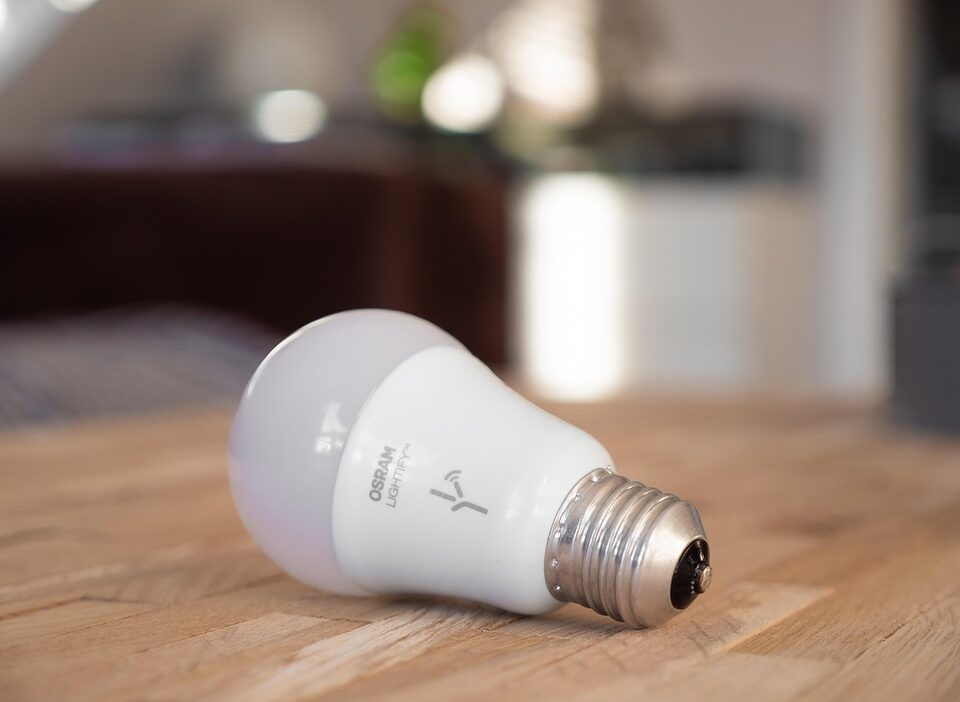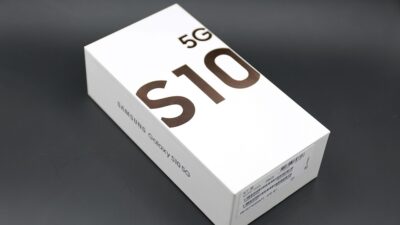The Internet of Things (IoT) has revolutionized various sectors, from healthcare to transportation, by fostering connectivity and facilitating data-driven decisions. However, its potential in agriculture remains largely untapped, despite promising advancements. Beyond just convenience, IoT in agriculture can enhance productivity, sustainability, and economic viability while addressing the pressing challenges posed by climate change and a growing global population.
Understanding IoT in Agriculture
At its core, IoT encompasses a network of interconnected devices that communicate and share data over the internet. In the context of agriculture, IoT devices can range from soil sensors and weather stations to drones and automated irrigation systems. These devices can collect real-time data on various environmental factors, including soil moisture, temperature, and crop health, enabling farmers to make informed decisions.
Enhancing Productivity
One of the most compelling advantages of IoT in agriculture is its potential to significantly increase productivity. For instance, precision agriculture leverages IoT technology to apply fertilizers, water, and pesticides more efficiently. By utilizing data from soil sensors and aerial imagery, farmers can pinpoint specific areas that require attention, minimizing waste and maximizing crop yields.
In addition, IoT devices can automate routine tasks. Automated irrigation systems can water crops based on real-time data, ensuring that crops receive the exact amount of water they need without over-irrigation. This not only saves water—a precious resource—but also reduces labor costs.
Sustainability and Resource Management
With the world facing increasingly severe environmental challenges, sustainable agriculture is more critical than ever. IoT offers tools that can significantly reduce the environmental footprint of farming practices. Sensors can monitor soil conditions and crop health, allowing farmers to use water and fertilizers more judiciously, thus minimizing runoff into nearby waterways and reducing the risk of pollution.
Moreover, IoT can help farmers track their carbon footprint. By integrating data from multiple sources, farmers can analyze their practices in real time and make adjustments that favor sustainability. From implementing cover cropping to rotating fields, actionable insights can promote ecological balance and biodiversity.
Economic Viability
The cost benefits of implementing IoT in agriculture are substantial. While initial investment may seem daunting, the long-term savings and increased revenue can offset these costs. By improving efficiency, reducing waste, and ultimately achieving higher crop yields, farmers can bolster their profitability.
Moreover, IoT technology can facilitate better market access for farmers. With data on crop health and market conditions, farmers can make strategic decisions about when to sell their produce, potentially fetching higher prices. Moreover, blockchain technology can enhance transparency in the supply chain, connecting farmers directly with consumers and enabling them to earn fair compensation.
Addressing Climate Change Challenges
Climate change poses a significant threat to global agriculture, affecting crop yields and sustainability. IoT devices can play a pivotal role in assessing and responding to these changes. Farmers can receive real-time data on weather patterns, soil moisture, and pest threats—allowing them to react swiftly and effectively.
Additionally, IoT can aid in developing climate-resilient practices. By analyzing long-term data trends, scientists and farmers can identify crops that are better suited to changing climates and develop adaptive strategies for planting, irrigation, and pest management.
Challenges and Considerations
Despite its numerous benefits, the adoption of IoT in agriculture is not without challenges. Notably, access to technology and internet connectivity can be problematic, especially in rural areas of developing nations. Addressing skills gaps and providing training in data analysis and technology operation is essential for farmers to maximize the potential of IoT.
Additionally, concerns regarding data privacy and security must be addressed. As agricultural operations increasingly rely on data-driven insights, protecting sensitive information becomes paramount.
Conclusion
The potential of IoT in agriculture extends far beyond mere convenience. It presents a transformative opportunity for enhancing productivity, promoting sustainability, and ensuring economic viability in a rapidly changing world. By investing in IoT solutions and addressing the accompanying challenges, the agricultural sector can unlock a future that not only feeds a growing population but does so in a responsible and environmentally friendly manner. Embracing IoT is not just an option for farmers—it’s a necessity for a thriving agricultural landscape in the 21st century.


